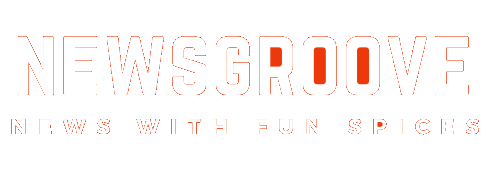In the very English scene of a long-settled farm in the depths of the Sussex countryside, the nature writer Adam Nicolson has produced what amounts to an update of the traditional nursery rhyme Who Killed Cock Robin?. The poem performs the obsequies for the poor redbreast but is also a roll call of the other birds of old Albion: the thrush, the owl, the dove and more. In Bird School: A Beginner in the Wood, Nicolson sets out to educate himself about these species and discover why avian mortality is a considerably bigger problem now than it was when the ballad of Cock Robin was first heard.
Since the 1960s, numbers of song thrushes in the UK have fallen by 40%, from a population of approximately 100,000 to about 60,000, according to the British Trust for Ornithology. There are half as many tawny owls in our woods since the 1970s, and the decline of turtle doves is even more vertiginous: we’ve lost 90% of them in the past 60 years. (Though the robin is faring rather better: from a nadir in the mid-80s when fewer than 100,000 specimens were recorded, the ranks have swelled to a healthier 150,000 today.) In Nicolson’s lifetime, the heavens have emptied of birds: though partly as a response to this, every new publishing season finds the skies black with books about our feathered friends. There has been a spectacular murmuration of birder-authors in recent years, including Tim Dee, Stephen Moss and Deborah Cramer.
In a decorated career, Nicolson has written about wetlands, the Hebrides and rock pools, but admits: “I had never paid any attention to birds. I had not cared about them.” However, it’s an iron law of the book trade that a nature writer in need of a subject will sooner or later turn their attention to the treetops. A gentleman farmer, Nicolson enlists friends and farmhands to build him a hide, a bespoke treehouse, to pursue his research – an episode that delightfully recalls the squire-servant relationship of Ted and Ralph from The Fast Show.
Of all the wild creatures that surround us, birds are perhaps the most appealing, the least wild. We are soppy about dogs and cats in this country, but we also fork out £250m a year on bird victuals. According to Nicolson, the feeders and bird tables in British gardens groan under 150,000 tonnes of treats including fat balls stuffed with insects – the mini-kievs of bird gastronomy – enough to fill up all the visitors who are ever likely to call in our back yards three times over. So how to explain their melancholy absence?
Intensive farming, including the loss of hedgerows, is a major culprit in the plummeting bird population, as is the wider problem of the climate emergency (though rising temperatures may tempt long-lost species like the golden oriole back to the British landscape). It’s not only ornithologists who have these airborne targets in their sights. At one time, Nicolson says, tens of thousands of birds perished so that their feathers could furnish women’s hats, and now the commonest bird in the UK is not the homely sparrow but the pheasant. A staggering 28m or more game birds, bred for sport, fall to guns every year. The fate of Cock Robin, who met a violent death in midair, is re-enacted on our moors and estates to this day. Bird School is elegant and involving. Like one of the nests Nicolson finds on his property, it’s been deftly assembled. The findings in his pages are also a little like birds’ eggs: they wink up at you fascinatingly before you realise that some of what you’re looking at is smashed.














